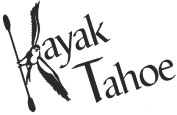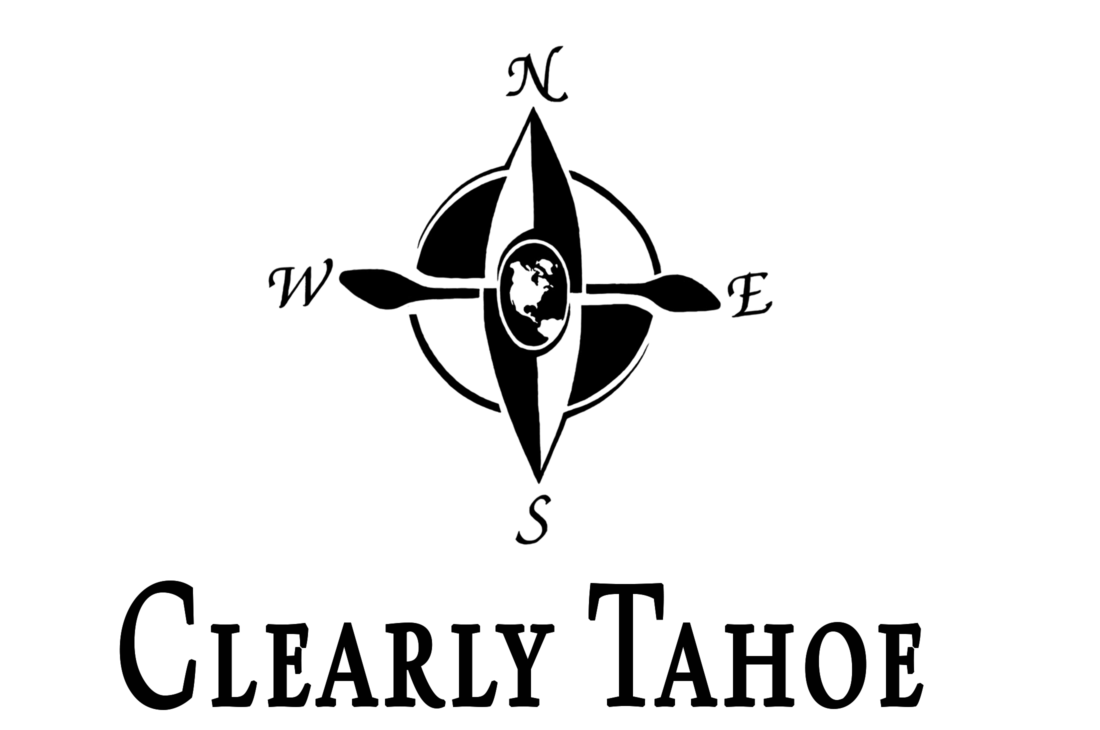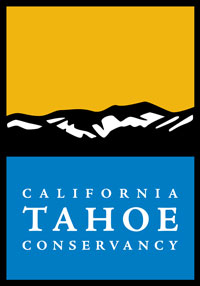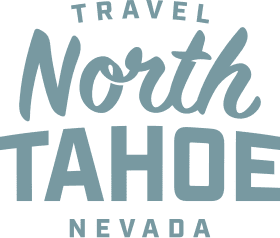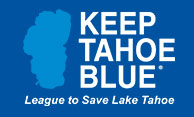If you find any contaminants on your paddle craft or gear – OR – you recently visited infected waters, you MUST go to a Tahoe Boat inspection station for a free decontamination. Learn more at TahoeBoatInspections.com.
Electric watercraft MUST be inspected.
It’s the law.
Every paddle watercraft (including inflatables and electrically modified) must be Cleaned, Drained and Dry before launching at Lake Tahoe and any surrounding lakes and waterways to prevent the spread of aquatic invasive species (AIS) that will ruin Lake Tahoe and paddle sports.
Learn how to self inspect and decontaminate your gear by becoming a Tahoe Keeper. It’s easy, It’s free.
Questions call 888-824-6267 or email AIS@TahoeRCD.org
NV AIS Decal Fee Requirement:
If you paddle on the Nevada side of Lake Tahoe, you are required to purchase a NV AIS Decal at www.ndow.org. Becoming a Tahoe Keeper does not exempt you from purchasing a NV AIS decal that supports the state’s AIS boating education program. California doesn’t have an AIS fee requirement at this time.
The easiest way to access the lake is through the 20 designated “trailheads” located around the lake that include wayfinding signage, parking, facilities and restrooms. You can find these public launch and landing sites on our interactive google map or on the 7 Day Trip maps. Be sure to purchase a Lake Tahoe Water Trail Map & Access Guide at our local paddle shops and lodging properties and visitor centers.
Sierra Business Council and its contributors will be in no way responsible for personal injury or damage to personal property arising in conjunction with the use of this website and Water Trail printed or Google maps. Good judgment and planning are critical to any successful outing.
Before heading out on the water, it is recommended that you check with other sources of information such as local paddling shops, outdoor stores, marinas, U.S. Coast Guard, and land managers for the latest conditions.
Also, consider filing a Float Plan – before you go. This quick, free tool emails your itinerary to a friend or family member to let them know where you are going, when you are headed out, and when you are due back. Here’s a printable Float Plan to leave in your vehicle.
No. In shoreline areas with private residences, property owners own the land down to the “low water line”. The low water line is the water elevation at the natural rim of Lake Tahoe. A dam at the Truckee River raises the water an extra six feet, however, creating a “high water line” during periods when the Lake Tahoe reservoir is full. In California, legal practice establishes a public trust easement on the land between the “high water” and “low water” lines where public access is allowed. Nevada does not recognize this public trust area and access along these beaches is subject to approval by owners.
If you choose to land within the public trust easement area in California, please remember that the land is actually owned by the adjacent landowner and be respectful of their privacy. Practice Leave No Trace principles and show courtesy and respect to other users in the area.
More than 50% of the shoreline are public lands. To help you avoid private property, we’ve clearly marked the 37 public launch/landing sites on the Lake Tahoe Water Trail Overview Map and the 7 day trip maps.
The 7 Day Trip Maps include designated launch/landing sites, trailheads, and a paddle route with mileage, campgrounds and facilities.
Our 20 Trailhead launch/landing sites on our Maps page have wayfinding signage with mapped paddle routes, campground, parking and restrooms.
No. Camping is not allowed anywhere along the shoreline except at developed campgrounds with a reservation – No Exception! Fires are permitted only in developed campgrounds with permanent fire rings. For a list of 13 legal campgrounds, please visit our Overnight Trips page. Instead, consider an overnight stay at a lakefront lodge for sand-free accommodations.
Thank you and Happy Trails!


